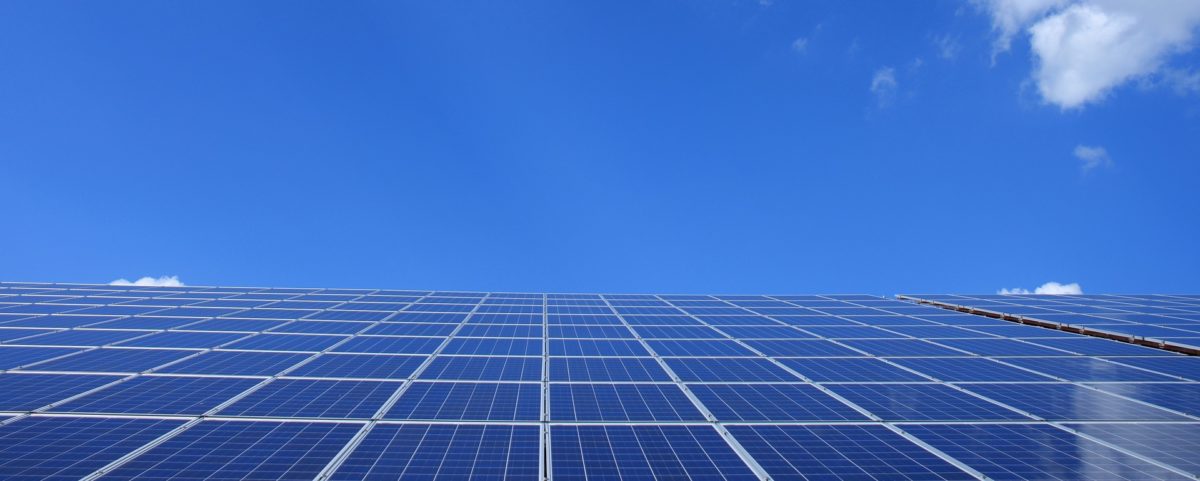The Government’s new nuclear power construction financing mechanism, the so-called ‘Regulatory Asset Base’ (RAB), is likely to cost energy consumers an average of well over £1000 each added onto their electricity bills. On top of that energy consumers will have carry on paying on top of this for an as-yet-undecided amount for each kWh generated by Sizewell C.
According to EDF planning figures the cost of Sizewell C will be £20 billion. Experience suggests that there is little faith to be placed in EDF’s claims. For example, the actual cost of the Flamanville nuclear power plant being built by EDF (the same EPR model) has cost upwards of 5 times as much as their original estimate. So we can probably expect a bill of at least £30 billion to be paid by consumers through their electricity bills. That is because the RAB mechanism will ensure that consumers pay the cost overruns, which are certain to occur when building these nuclear power plant. Given that there are around 26 million domestic electricity consumer bills to be paid in the UK, this means each consumer will be paying over £1000 each to build the power plant.
It isn’t as if this is a new technology whose costs will be reduced in the future. The costs of new nuclear power plant have never, in general, gone down – unlike renewable energy technologies. Indeed, when Sizewell C starts generating (probably not until at least 2035) it will then be paid at least as much as the solar farms and windfarms now being constructed (in which case, it must be emphasised, their developers are given absolutely nothing to support their construction). And of course by then the windfarms and solar farms that are starting production in 2035 will be even cheaper. But Sizewell C generation will be paid premium prices according to a contract that is still to be negotiated with the Government.
The EPR is fast looking like an even bigger disaster as time goes on. The reactors being built in France and Finland have had a series of problems and are still not finished despite bneing started in 2005 and 2007 and the first (very late) EPR built at Taishan has suffered serious breakdowns. This is now being connected to the possibility of a generic fault in the design of the EPR which is likely to throw the completion of the EPR being built at Hinkley C into the long grass, with EDF suffering mounting losses.
The twist in the tail of this story is that after commissioning Sizewell C will probably be guaranteed a rather higher price for the electricity generated. This will be done to reward the likely shareholders of this project, that is EDF and the Treasury (despite the fact that the shareholders will be protected against any construction cost overruns by the RAB mechanism). Since the Treasury will be a shareholder on account of the fact it will have to buy the 20% stake currently owned by the Chinese nuclear company CGN they will have an interest in ensuring consumers will pay a high price for the electricity generated by Sizewell C, so that the Government can make some good profits.
David Toke

Great article. As a follow up, you need to present a persuasive argument on providing base load demand for electricity from non-carbon/non-nuclear sources. We are sold on the move to renewables – we need to know it will work!
What is needed to satisfy consumer demands is continuous reliable power supplies. Whether this involves so-called baseload or not is not important if reliability can be achieved by other means, which it can. See https://100percentrenewableuk.org/how-we-can-get-all-our-energy-from-renewables-a-talk-by-professor-mark-barrett and https://100percentrenewableuk.org/100-per-cent-renewable-energy-in-europe
7% of UK electricity from Hinkley Point C
7% of UK electricity from Sizewell C
16.5 % of UK electricity from 16 X 470 MW Rolls-Royce UK SMRs
That’s at least 30% of UK electricity in the pollution-free, low-carbon, 24/7/365, dispatchable, energy-secure form
It means that only 70% of UK electricity needs to come from wind and solar power plants (WASPPs) in the not-fit-for-purpose form and not-low-carbon form because it has to be backed up by duplicate generating capacity from gas-fired power plant for: ‘When the wind don’t blow and the Sun don’t shine’. So what’s the point?
Why not the other 70% of the electricity from another 97 R-R UK SMRs? That’s 5 or 6 every year from 2030 to 2050, at a cost of £10 billion per year. But then there’s a 40 years hiatus before anymore capital expenditure, which works out at £3.4 billion per year. Not at all bad for guaranteed 24/7/365 energy security for our electricity, in the perfect form, with microscopic environmental impact.
The SMRs don’t exist and most probably never will, and we’d get at least twice as much energy out of spending our money on renewables compared to Sizewell C. The maths isn’t difficult on that one. See comment in the blog post itself on this